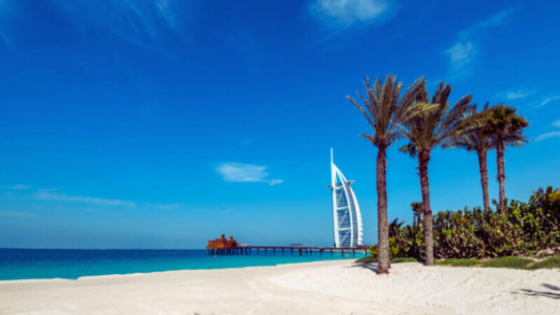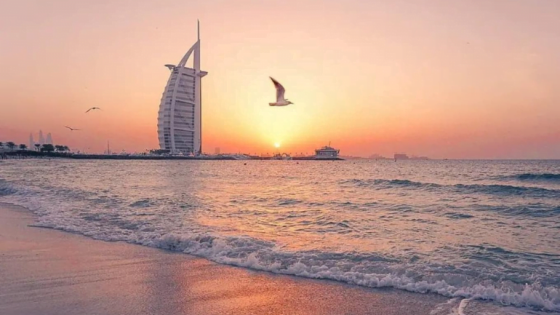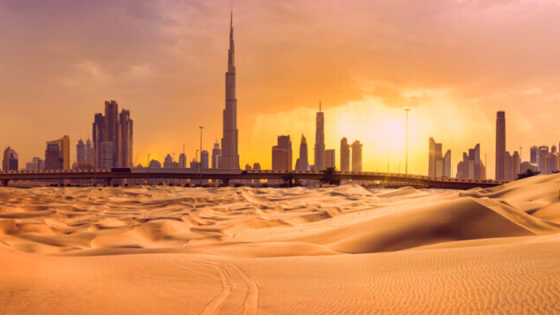Contents
The United Arab Emirates (UAE) is a country located in the Middle East and it is known for its dry and arid desert climate. UAE coastline stretching over 1,318 km along the Persian Gulf and the arabian Gulf of Oman, including the most famous cities Abu Dhabi and Dubai. UAE coastal climate is characterized by high temperatures, low humidity, and occasional rainfall. In this article, we will explore the various aspects of the UAE coast regions climate and its impact on the region’s environment, economy, and society.
UAE coastal climate overview
The UAE coastal climate is characterized by high temperatures, low rainfall, and occasional thunderstorms. While the warm weather may be attractive to tourists, it also poses challenges to the environment, human health, and energy consumption. The low rainfall and vulnerability to sea level rise also have significant implications for the country’s water resources, agriculture, and economy.
Read more: UAE Annual Precipitation
Temperature of UAE coastal regions
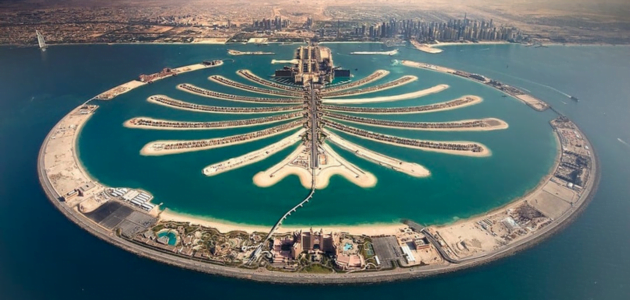
UAE coastal climate is hot and humid throughout the year, with average highs ranging from 30°C to 45°C. The highest temperatures are usually recorded in Jul and Aug, while the coolest months are Oct and Jan. The warm sea waters also contribute to the high humidity levels, which can reach up to 90% during the summer months.
The extreme temperatures in the UAE coastal region have a significant impact on the environment and human health. The heat can cause dehydration, heat exhaustion, and heat stroke, especially for those who work outdoors. It can also lead to increased energy consumption for cooling systems, which can strain the country’s power grid.
Read more: Humidity Levels in UAE
Rainfall at UAE coastal climate
The UAE coastal zones receives low to moderate rainfall annually, with an average of 100-200 mm per year. The rainy season regularly occurs in winter between Nov and Apr, with occasional thunderstorms and heavy downpours. The rainfall is critical for the region’s agriculture, which relies on irrigation systems to grow crops such as dates, fruits, and vegetables.
However, the low rainfall also poses a challenge for the country’s water resources. The UAE relies heavily on desalination plants to provide freshwater for its population, which consumes a significant amount of energy. The lack of rainfall also contributes to soil erosion and desertification, which can have long-term consequences for the environment.
Read more: Extreme Weather Events in UAE
Sea Level Rising and coastal environment
The UAE coastal region is vulnerable to sea level rise due to global warming and climate change. Sea levels increase can lead to flooding, erosion, and saltwater intrusion, which can have a significant impact on the region’s infrastructure, economy, and environment. The UAE has taken measures to mitigate the effects of sea level rise, such as building seawalls and artificial islands, but these measures may not be enough in the long run.
The impacts of sea level rise on the UAE coastal climate can also affect the country’s economy, which relies heavily on tourism and oil exports. The loss of beaches, coral reefs, and other natural attractions can deter tourists from visiting the country, while the disruption of oil production and transportation can have severe economic consequences.
Read more: UAE Weather Patterns
UAE coastal and marine ecosystem
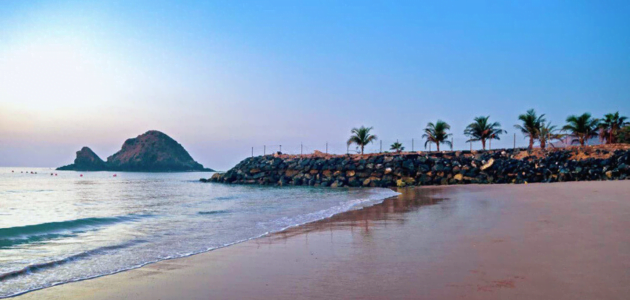
There are many factors threaten UAE marine and coastal environment. The following are some:
Overfishing
Overfishing is a significant challenge for the UAE’s marine ecosystems, with many species being caught at unsustainable levels. The UAE has implemented measures to regulate fishing practices, such as establishing marine protected areas and enforcing fishing quotas.
Pollution and UAE coastal climate
Pollution is another significant threat to the UAE’s coastal and marine ecosystems. The country’s rapid development has led to increased industrial and domestic waste, which can have harmful effects on the environment and human health. The UAE has taken steps to address this issue by implementing stricter environmental regulations and investing in waste management infrastructure.
Coastal development
Coastal development is also a significant challenge for the UAE’s coastal ecosystems. The construction of artificial islands, marinas, and other infrastructure can disrupt natural habitats and alter the flow of water and sediment. The UAE has taken measures to mitigate the impact of coastal development, such as building artificial reefs to provide new habitats for marine life.
Read more: Average temperature in UAE
Government measures to protect UAE coastal climate
To address these climate risks, the UAE ministry of climate change and environment has taken measures such as investing in renewable energy, promoting sustainable agriculture practices, and building infrastructure to mitigate the effects of sea level rise. However, more needs to be done to ensure the long-term sustainability of the UAE coastal region and its communities.
Is Dubai a coastal desert?
Dubai coast is known for its white sandy deserts and beautiful flat coastline.
Is Dubai a coastal city?
Yes, located on the southeast coastline of the Persian Gulf
In conclusion, the UAE coastal climate is a complex issue that requires a multi-faceted approach to address its challenges. By adopting sustainable practices and investing in resilient infrastructure, the UAE can ensure a prosperous future for its people and environment.
